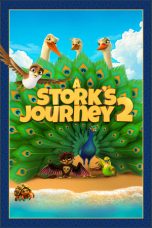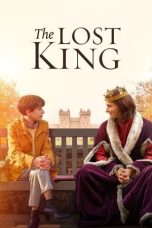- Source: Richard Treisman
No More Posts Available.
No more pages to load.
Sir Richard Henry Treisman (born 7 October 1954) is a British scientist specialising in the molecular biology of cancer. Treisman is a director of research at the Francis Crick Institute in London.
Education
Treisman was educated at Haberdashers' Aske's Boys' School and Christ's College, Cambridge, where he was awarded a Bachelor of Arts degree in 1977. He completed his postgraduate study at the Imperial Cancer Research Fund (ICRF) and University College London, where he was awarded a PhD for research on polyomavirus transcription and RNA processing supervised by Bob Kamen in 1981.
Career and research
After his PhD, Treisman pursued postdoctoral research at Harvard University on globin gene expression and thalassemia genes with Tom Maniatis. In 1984, he joined the Medical Research Council (MRC) Laboratory of Molecular Biology (LMB) at the University of Cambridge, where he started working on how growth factors control transcription. Initially focusing on the Fos gene, he identified the transcription factor Serum response factor (SRF) and cloned its gene, before returning to London in 1988.
He showed that the TCF family of SRF cofactors are targets for Mitogen-activated protein kinase (MAPK) signalling, and demonstrated that the MRTF transcription cofactors are novel G-actin binding proteins that sense fluctuations in G-actin concentration. He continues to focus on SRF's regulatory cofactors and their cognate signalling pathways.
Treisman was Director of the Cancer Research UK (CRUK) London Research Institute from 2000 to 2015, becoming Research Director of the Francis Crick Institute in 2009.
= Awards and honours
=Treisman was elected a member of the European Molecular Biology Organization and a Fellow of the Academy of Medical Sciences (FMedSci); he received the EMBO Gold Medal in 1995 and the Louis-Jeantet Prize for Medicine in 2002. He was elected a Fellow of the Royal Society (FRS) in 1994 and knighted in the 2016 Birthday Honours.
References
This article incorporates text available under the CC BY 4.0 license.








